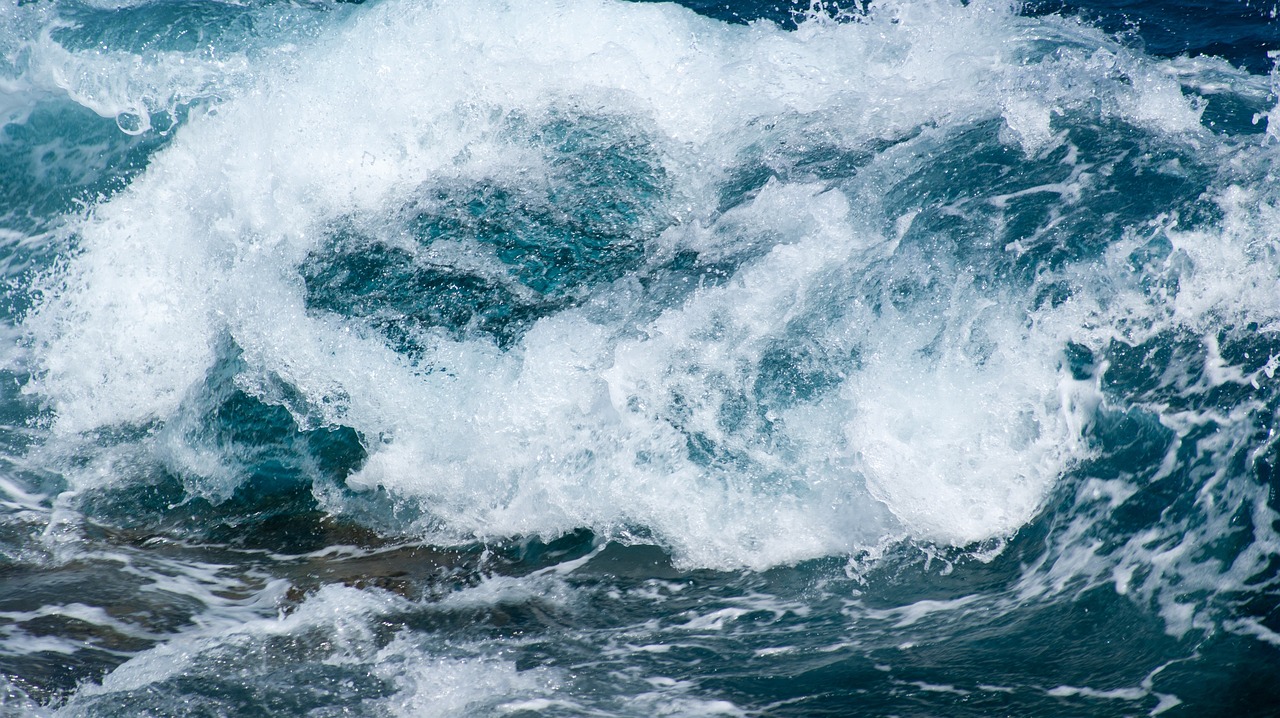The Construction of Communication Cables: Challenges and Solutions
The construction of communication cables is crucial for modern society's functioning, but it presents numerous challenges. One major challenge is the need to install cables in challenging environments, such as underwater or underground, which requires complex engineering and high-quality materials. Additionally, the cables must be designed to carry large amounts of data at high speeds, which can lead to heat generation and signal degradation. To address these challenges, innovative solutions are being developed, including using high-performance polymers for insulation materials and implementing advanced cooling systems to manage heat generation. Moreover, research is ongoing to create self-repairing cables that can restore connectivity if damaged. These efforts aim to ensure reliable and efficient communication cable construction for future generations.
In today's highly interconnected world, the need for efficient and reliable communication cables is more important than ever before. From urban areas to rural communities, these cables play a vital role in connecting people and businesses, enabling them to exchange information, share resources, and collaborate on various projects. However, the construction of communication cables presents numerous challenges that must be addressed to ensure their successful implementation.
One of the main challenges is the selection of the appropriate cable type for the specific application. There are various types of cables available, each with its own set of advantages and disadvantages. For example, coaxial cables are commonly used for high-frequency applications due to their low loss and high bandwidth, while twisted pair cables are more suitable for low-frequency tasks such as telephone lines. The selection of the cable type should be based on the requirements of the project, including distance, capacity, and interference considerations.

Another crucial aspect is the design of the cable route. This involves determining the most effective and efficient path for the cables to travel, taking into account factors such as terrain, existing infrastructure, and future expansion plans. In some cases, cables may need to be buried underground or laid in aerial locations, necessitating the use of special equipment and techniques to ensure their proper installation.
Once the cables are installed, it is essential to maintain and repair them as needed. This involves regularly inspecting the cables for damage or degradation, testing their performance, and replacing any faulty sections. Additionally, it is necessary to upgrade the cables as technology advances to ensure that they can continue to meet the demand for higher speeds and greater capacity.
To address these challenges, it is essential to have a comprehensive construction plan in place. This plan should outline the project's goals and objectives, specify the required equipment and materials, provide details on the installation process, and outline the maintenance and repair procedures. It is also important to involve all relevant stakeholders in the planning process, including the local community, government agencies, and other interested parties.

In conclusion, the construction of communication cables is a complex and challenging task that requires careful planning and execution. By addressing the challenges outlined in this article and implementing effective solutions, it is possible to build high-quality cables that serve the needs of people and businesses for years to come.
Articles related to the knowledge points of this article:
The Weight of 100 Pairs of Communication Cables
Communication Cable Joint Routing
Title: Stolen Cables Cause Chaos in Zhaoan: A Tale of Crime and Consequences
The Cost of Underground Communication Cables in Xiamen
Title: Understanding the Mechanism of Network Communication Cables